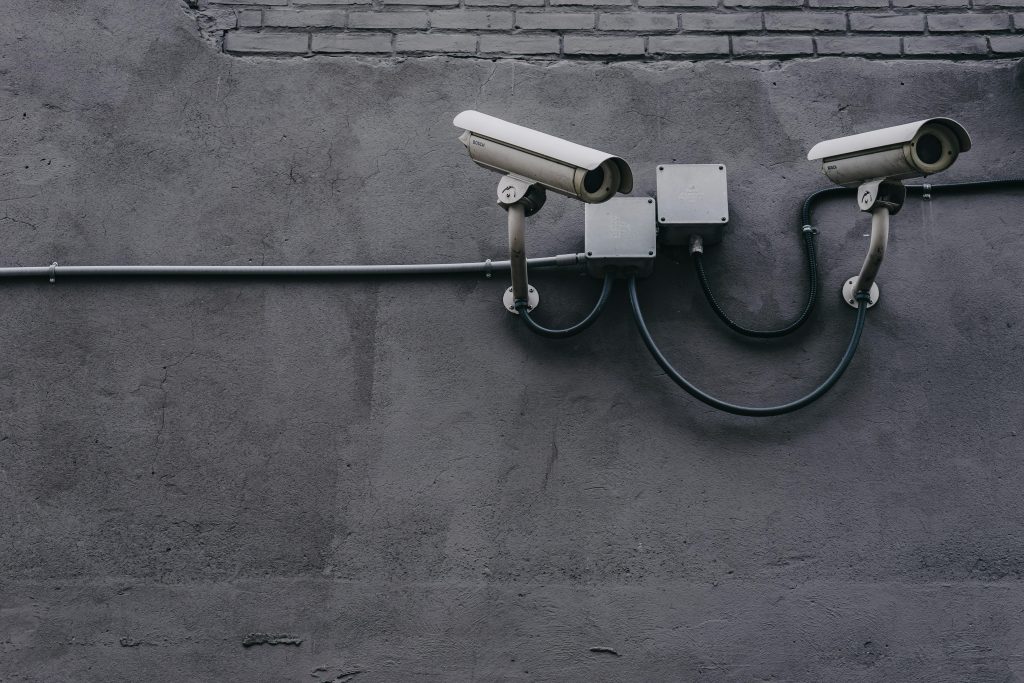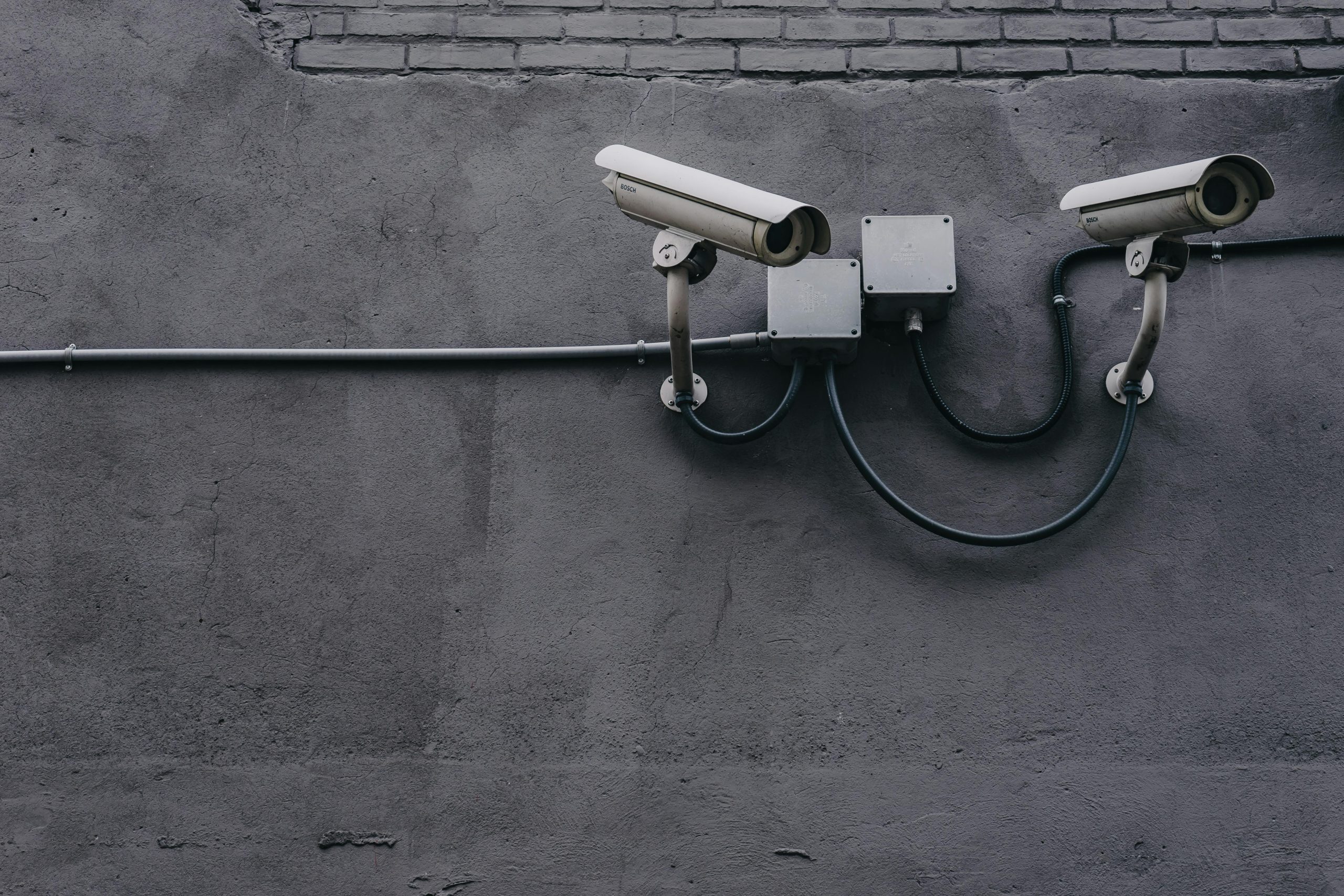Introduction
Facial recognition technology (FRT) promises convenience—from unlocking smartphones to streamlining airport security—but it also raises profound privacy challenges. As companies and governments deploy FRT systems in public and private spaces, questions emerge around consent, data security, surveillance, and bias. Without robust legal frameworks and ethical guardrails, facial recognition can erode civil liberties, enable discrimination, and expose individuals to intrusive monitoring. This article explores the key privacy concerns associated with facial recognition and offers guidance on mitigating risks while harnessing its benefits responsibly.

Widespread Surveillance and Loss of Anonymity
Ubiquitous Monitoring
- Public Spaces: Cameras embedded in streetlights, stores, and transit hubs can identify and track individuals continuously, turning entire cities into de facto surveillance zones.
- Private Venues: Retailers and workplaces may use FRT for marketing or security, often without explicit notice or meaningful opt-out options.
Chilling Effect on Behavior
Knowing one’s movements and interactions could be recorded and analyzed can deter free expression and association—cornerstones of democratic societies.
Consent and Transparency Issues
Implicit vs. Informed Consent
- Implicit capture: Most FRT deployments capture faces without any active participation from bystanders.
- Lack of notice: Few systems display clear signage or notifications explaining when and how facial data is used.
Inadequate Opt-Out Mechanisms
Even when notice exists, individuals rarely have a straightforward way to refuse scanning, delete data, or challenge erroneous matches.
Data Security and Breach Risks
Centralized Biometric Databases
- High-value target: Facial templates stored on servers are coveted by hackers; a breach can expose immutable personal identifiers that cannot be “reset” like a password.
- Data linkage: Linking facial data to identities, location histories, and behavioral profiles amplifies the harm from any compromise.
Long-term Retention Concerns
Undefined or excessive retention periods increase the window for misuse and data leaks, while inhibiting individuals’ rights to erase their information.
Accuracy, Bias, and Misidentification
Demographic Disparities
Studies show FRT error rates are significantly higher for women, darker-skinned individuals, and certain age groups. Misidentifications can lead to wrongful detentions or denied services.
Compound Harms
False positives in law-enforcement contexts can spawn criminal investigations, public shaming, or travel restrictions, disproportionately impacting marginalized communities.

Function Creep and Mission Drift
Beyond Original Purpose
Systems installed for benign uses—like time-clock attendance—can be repurposed for law enforcement, immigration control, or social credit scoring without public debate.
Aggregation of Surveillance Layers
Combining facial recognition with license-plate readers, mobile-phone tracking, and social-media scraping creates an all-seeing network that erodes boundaries between public and private life.
Legal and Regulatory Gaps
Patchwork Protections
- U.S. landscape: No comprehensive federal biometric privacy law; protections vary widely by state (e.g., Illinois’ BIPA vs. no law in many states).
- International variances: The EU’s GDPR requires consent and purpose-limitation, but implementation differs across member states.
Enforcement Challenges
Regulators struggle to keep pace with rapid FRT advancements, leading to delayed or toothless enforcement actions against misuse.
Mitigating Privacy Risks
Privacy by Design
- Data minimization: Capture and store only the facial features strictly necessary for the intended purpose.
- On-device processing: Perform matching locally to avoid transmitting sensitive biometric templates to central servers.
Robust Governance Frameworks
- Transparency reports: Organizations should publish details about FRT use cases, accuracy metrics, and data-sharing partners.
- Independent audits: Regular assessments by external experts to verify compliance with privacy, bias, and security standards.
User Empowerment
- Informed consent interfaces: Clear, concise notices and easy opt-out controls at all points of interaction.
- Data subject rights: Mechanisms to access, correct, and delete one’s biometric data as protected under privacy laws.
Balancing Innovation and Privacy
Purpose Limitation and Oversight
Deploy FRT only for critical, narrowly defined use cases—such as locating missing persons—and prohibit high-risk applications like mass public surveillance without judicial authorization.
Technological Safeguards
Research and adopt emerging privacy-enhancing techniques, including:
- Differential privacy: Introduce statistical noise to data sets to prevent re-identification.
- Federated learning: Train FRT models on distributed devices without centralizing raw images.

Conclusion
Facial recognition technology holds transformative potential, but unchecked deployment jeopardizes privacy, fairness, and civil liberties. By recognizing the key concerns—surveillance creep, consent deficits, data-security risks, bias, and regulatory gaps—and embracing privacy-focused design, transparent governance, and strong legal protections, stakeholders can strike a responsible balance. As individuals, policymakers, and technologists navigate this evolving landscape, vigilance and thoughtful controls will be essential to ensure that facial recognition serves the public good without sacrificing fundamental rights.


